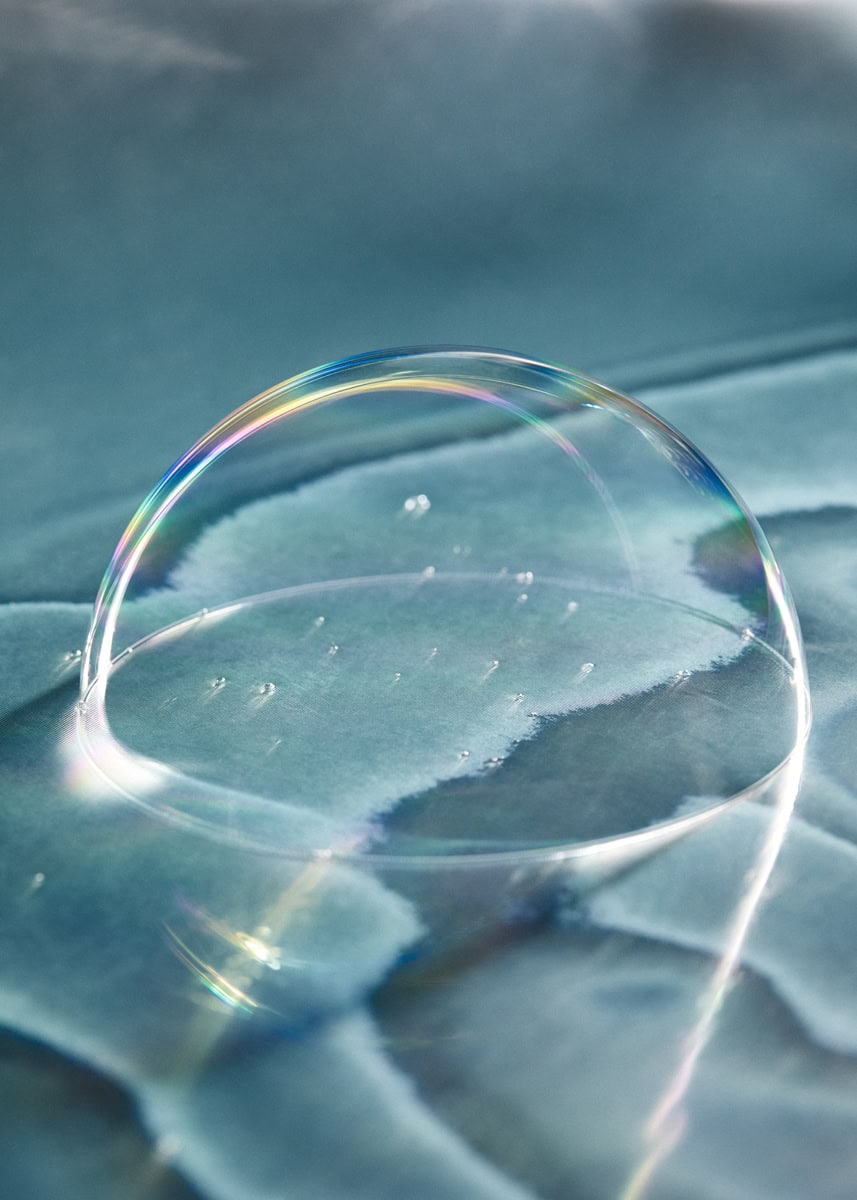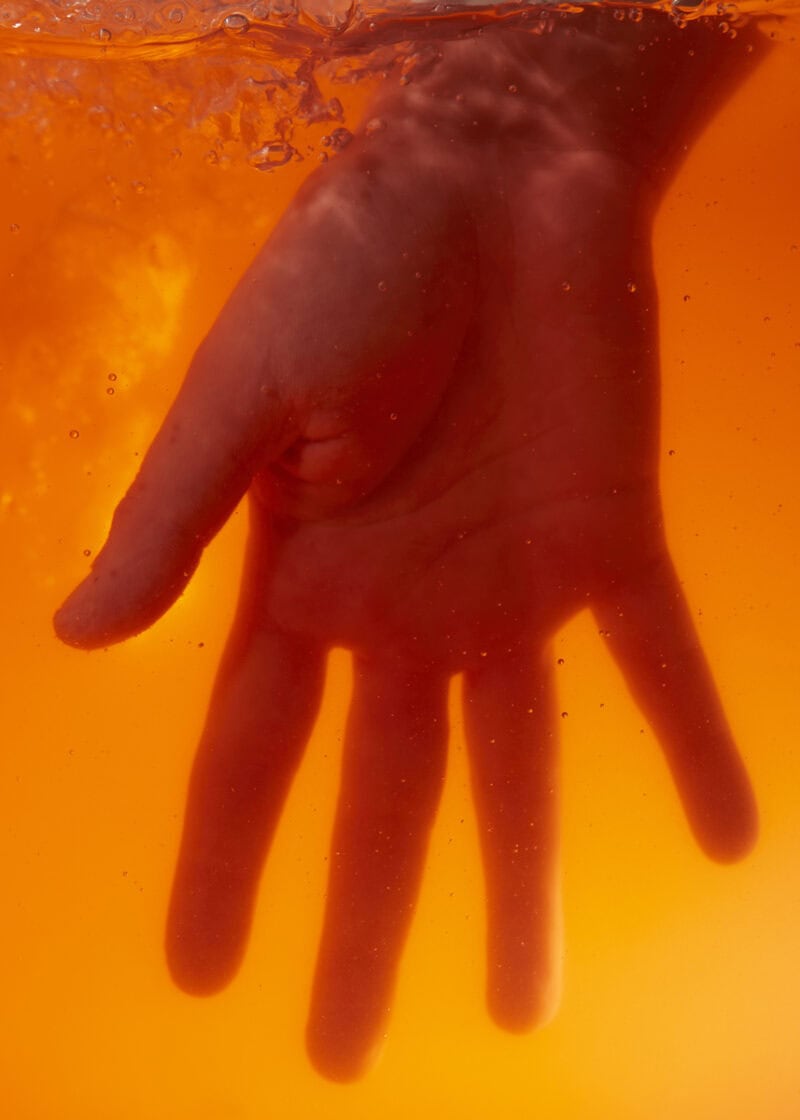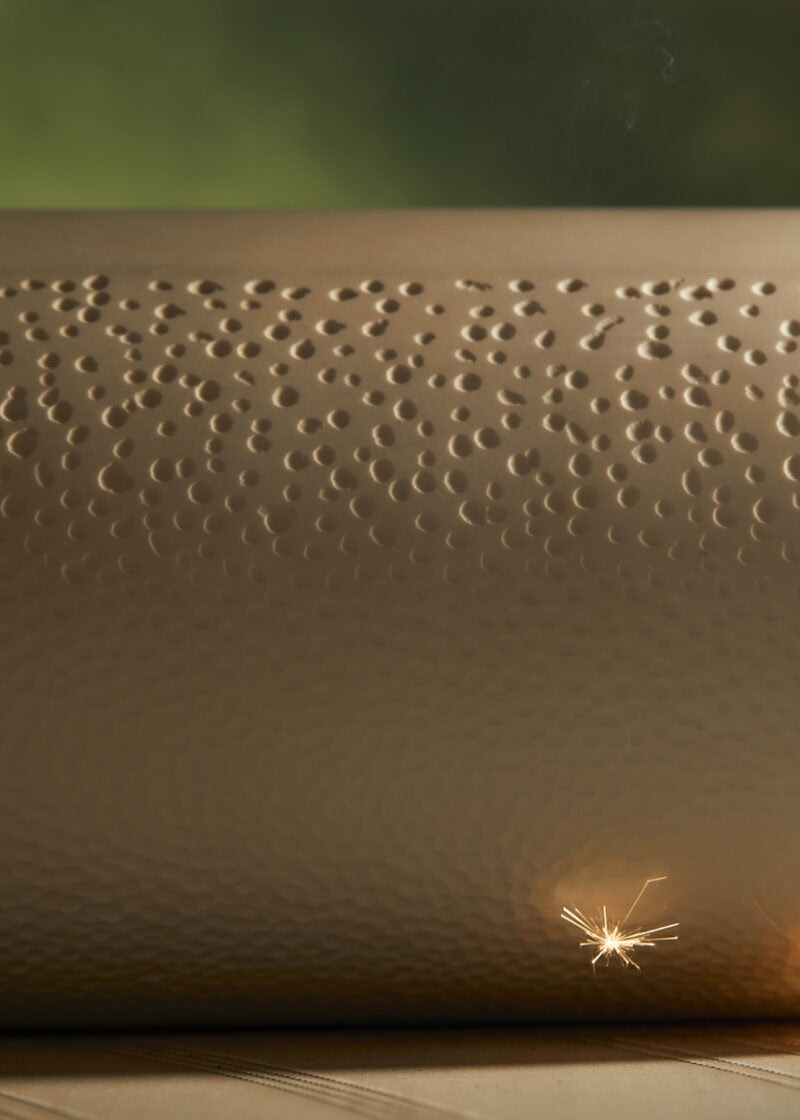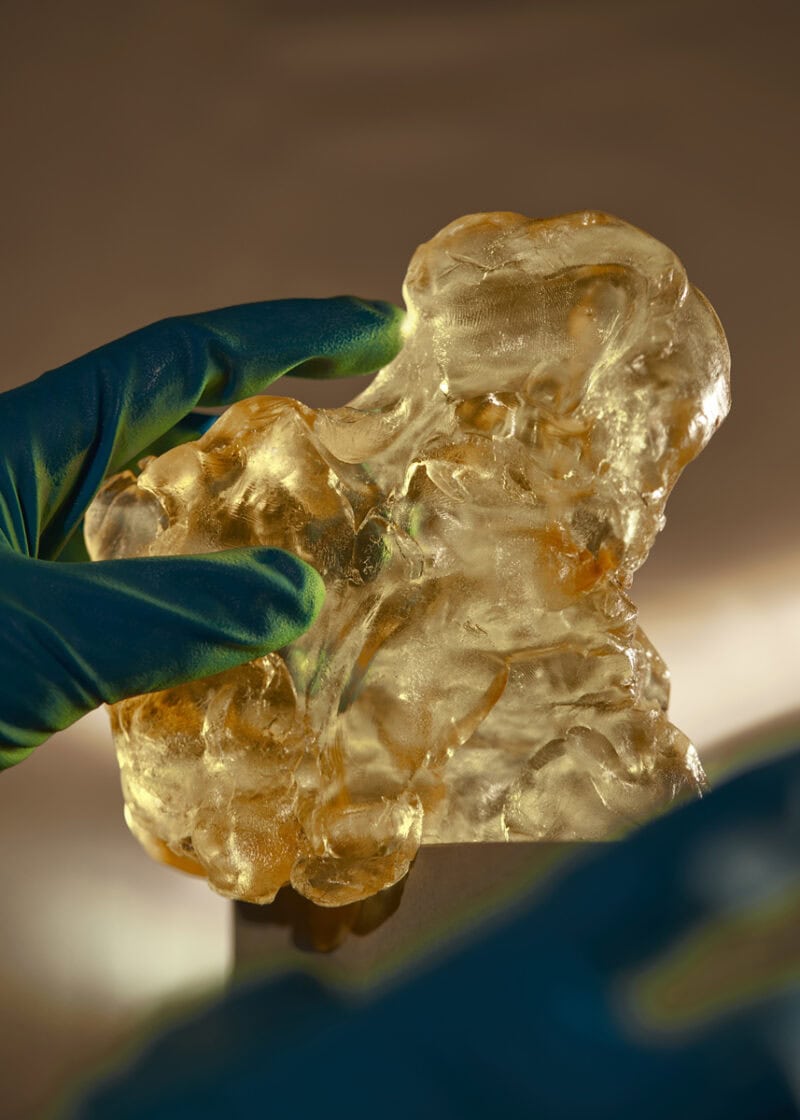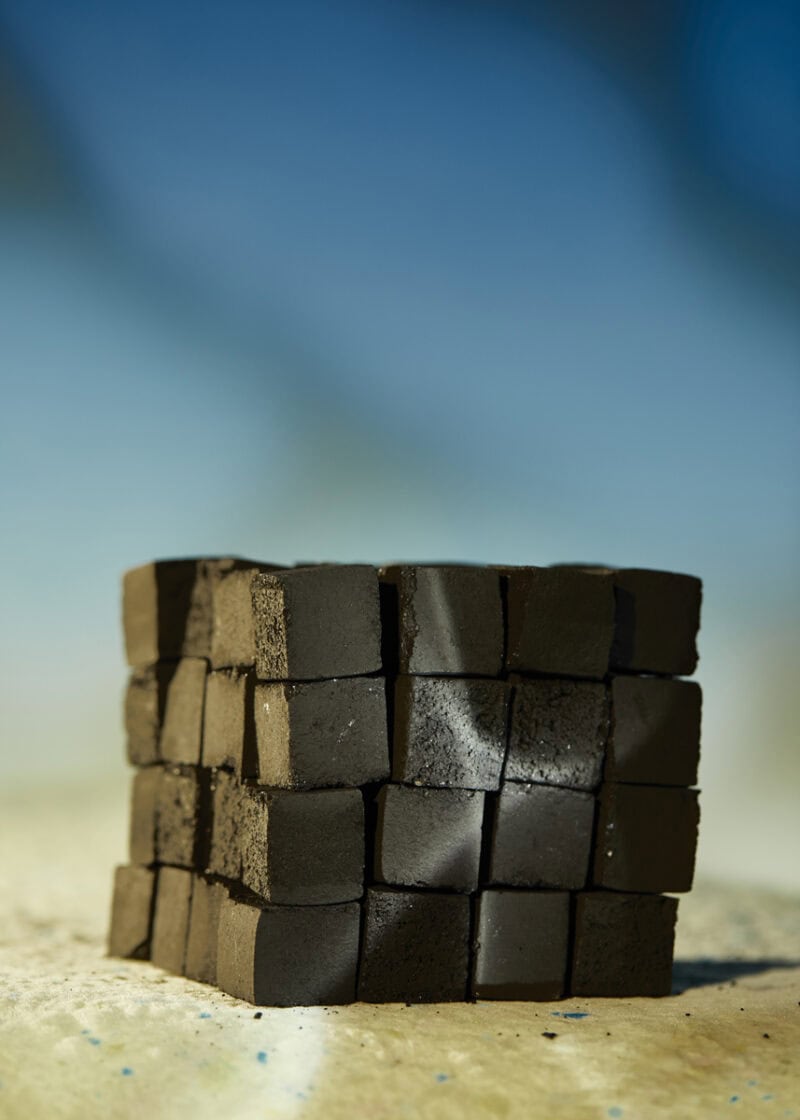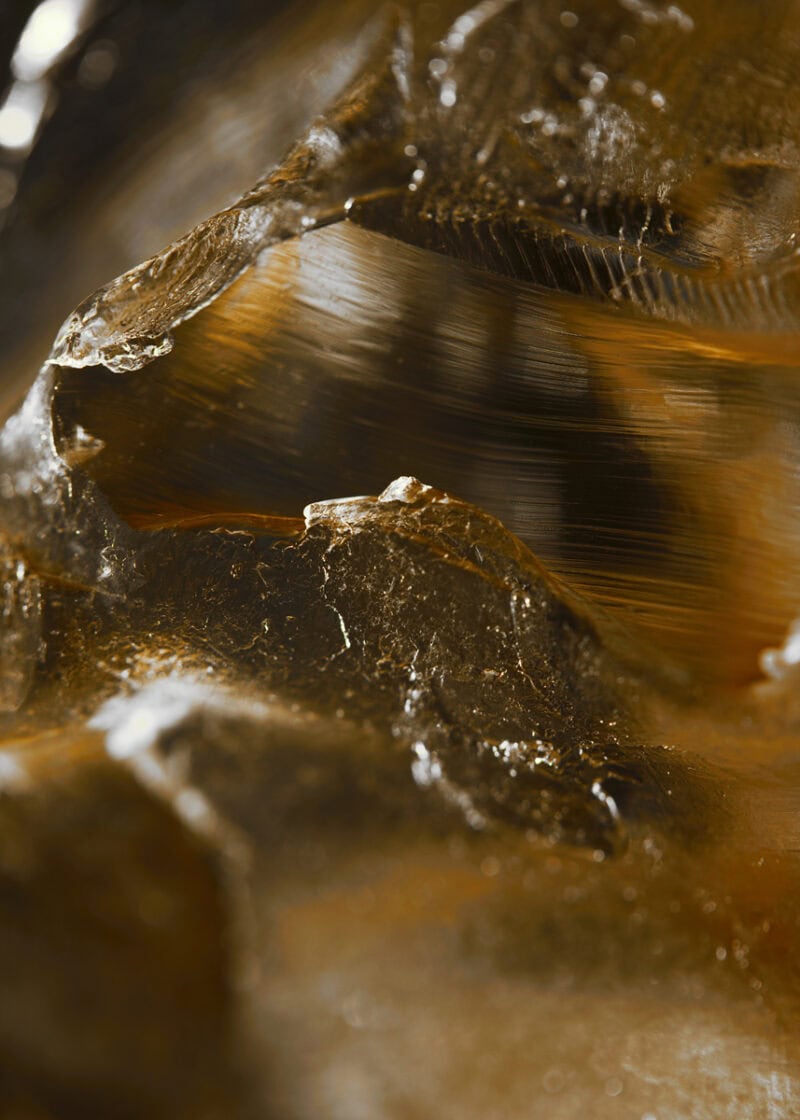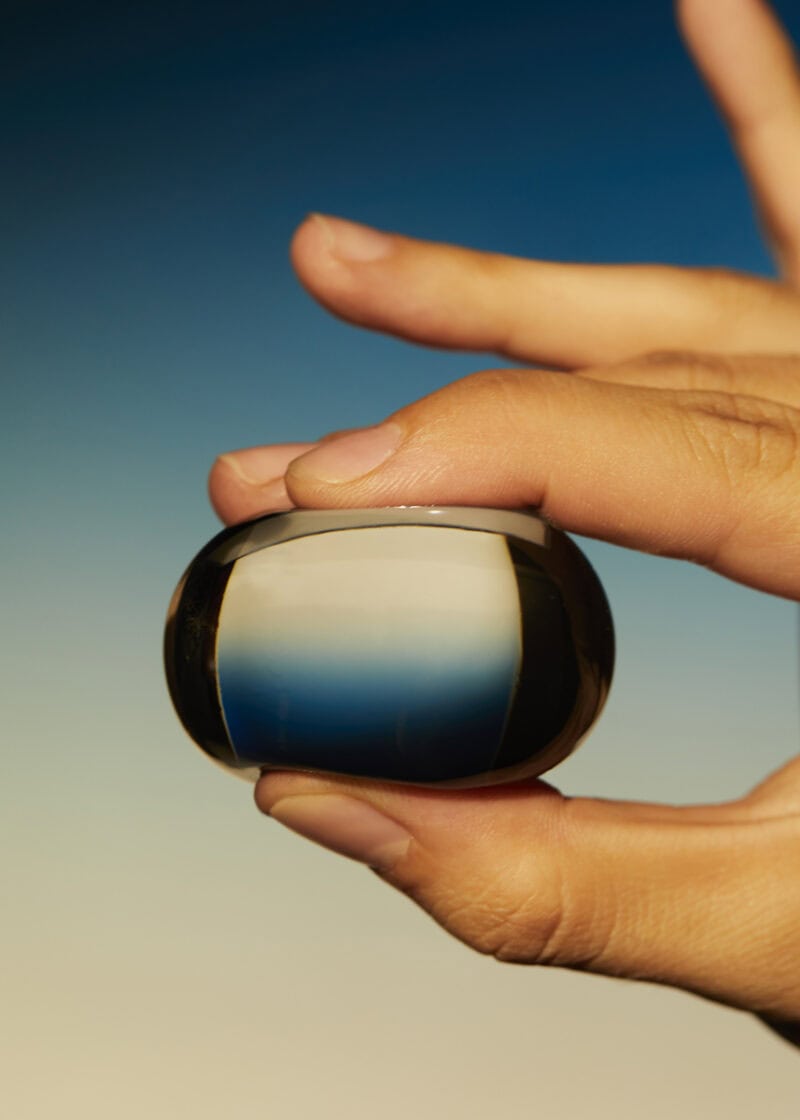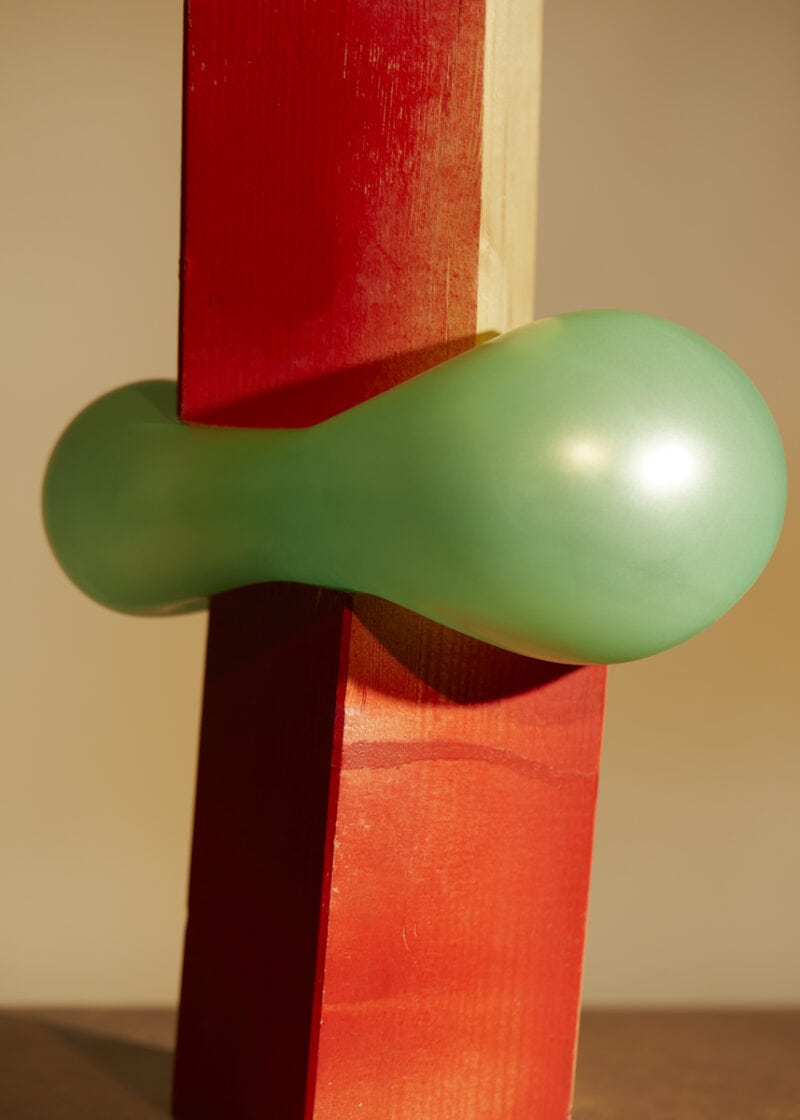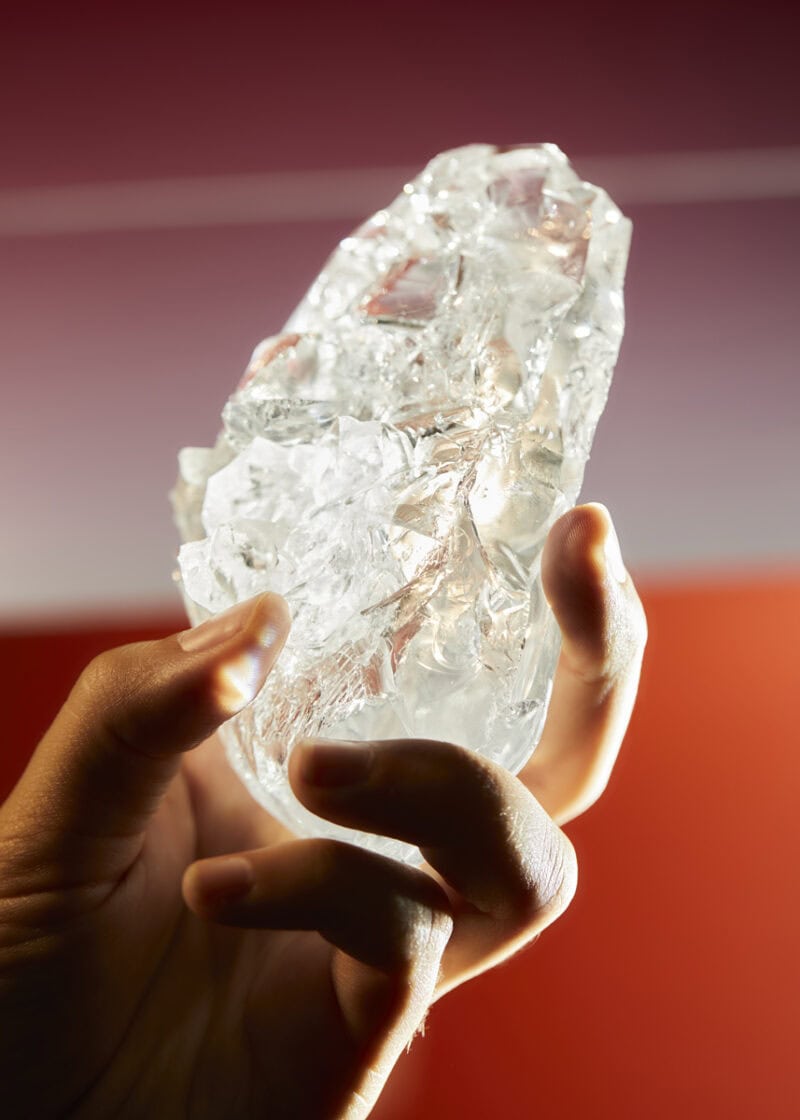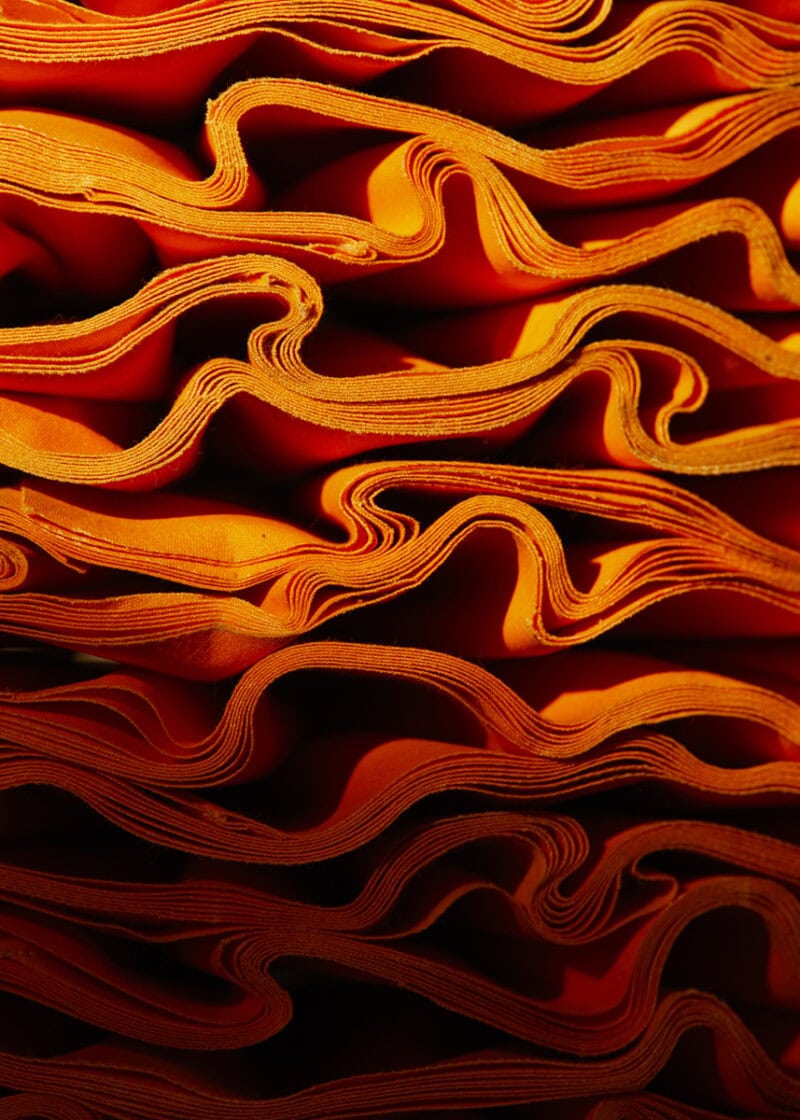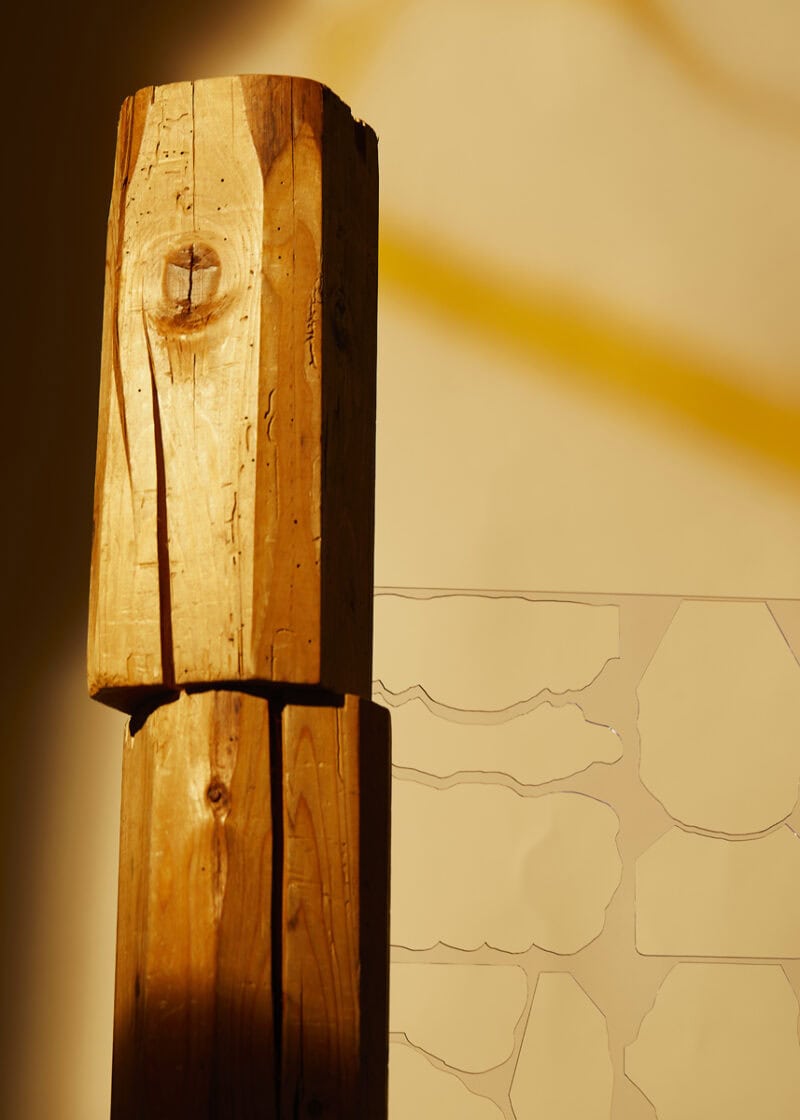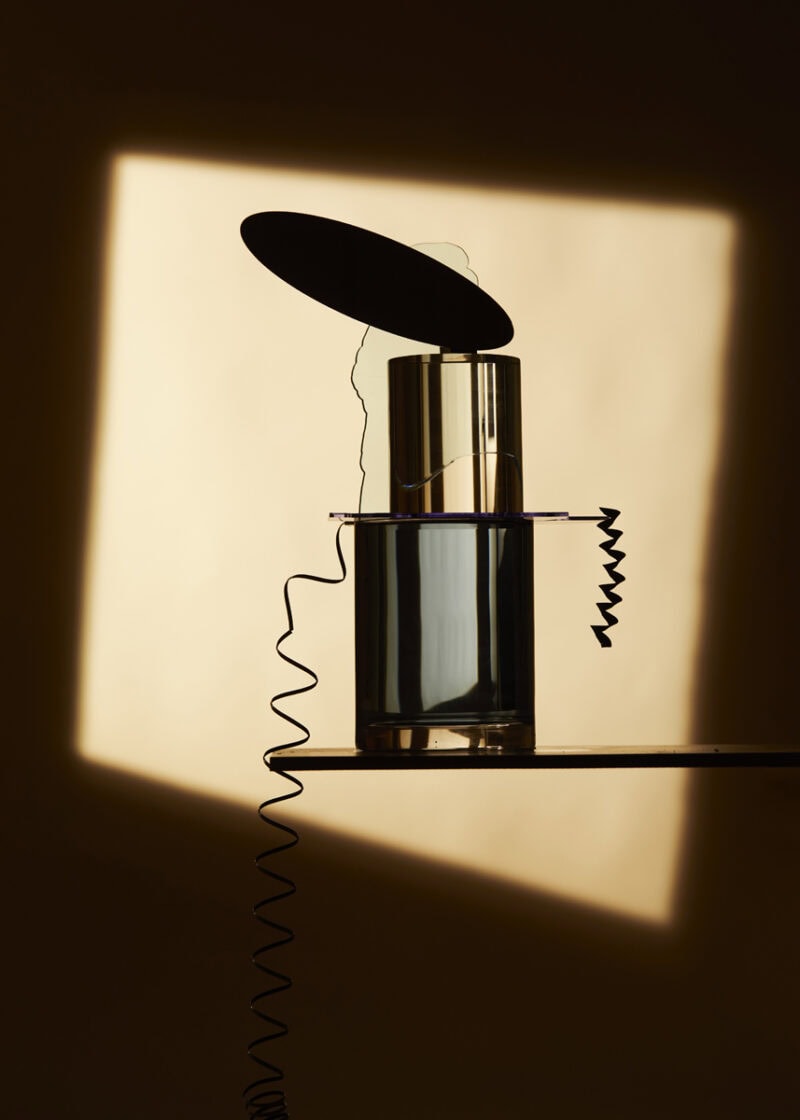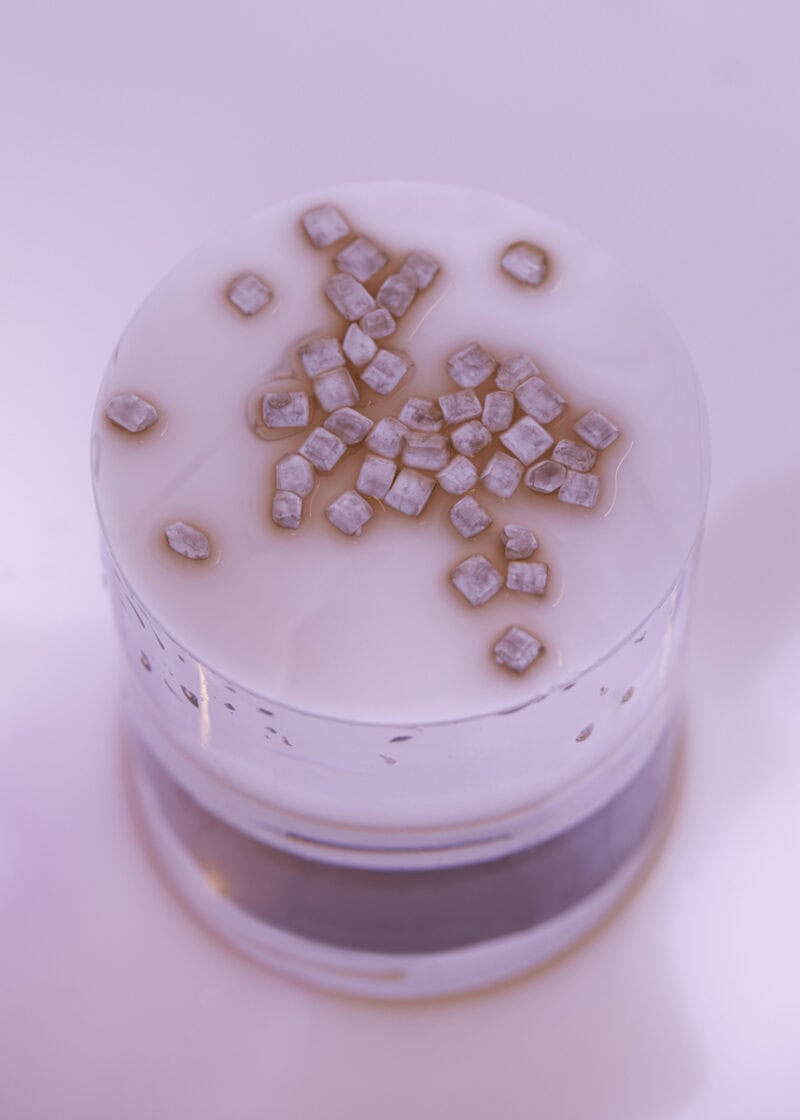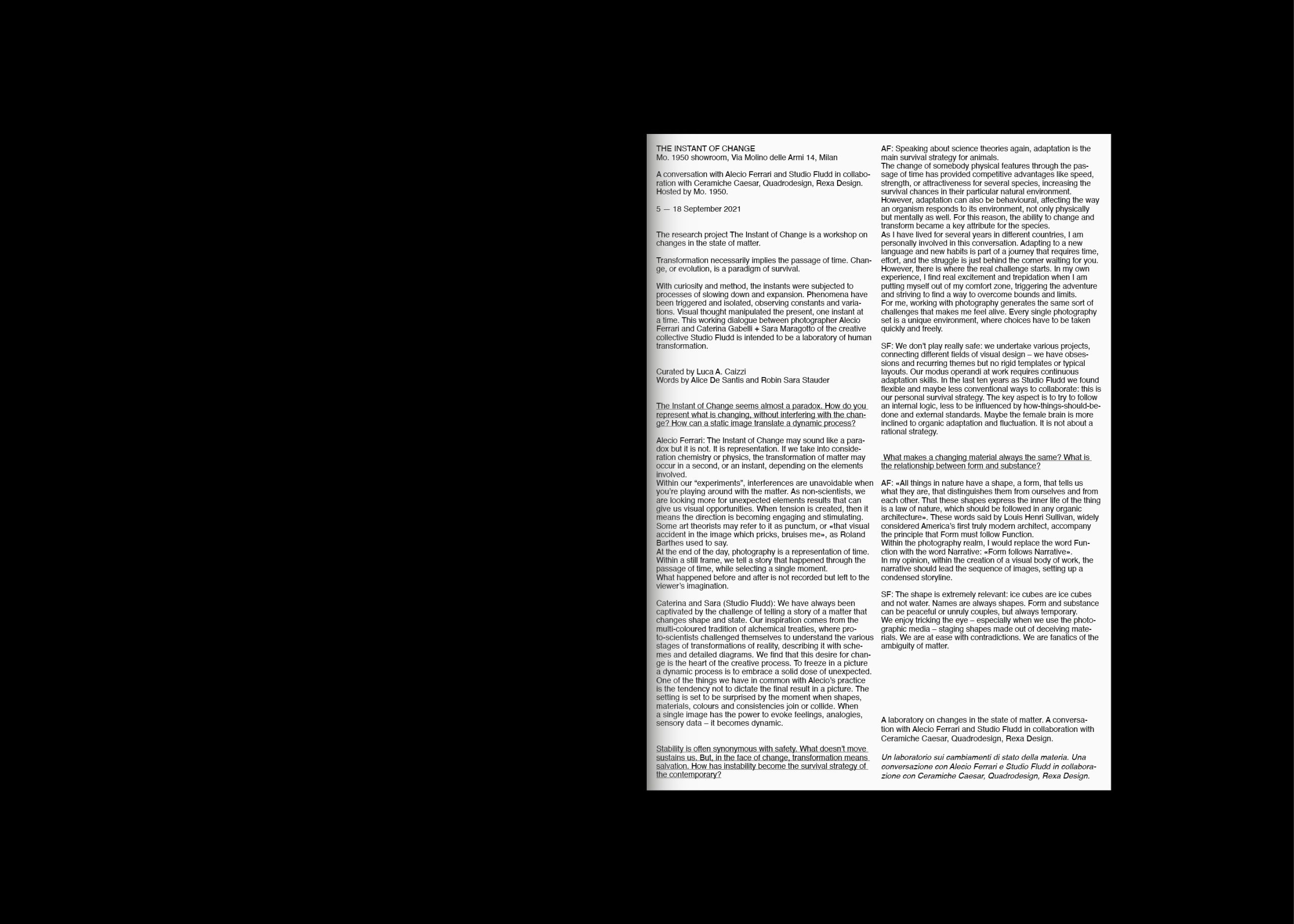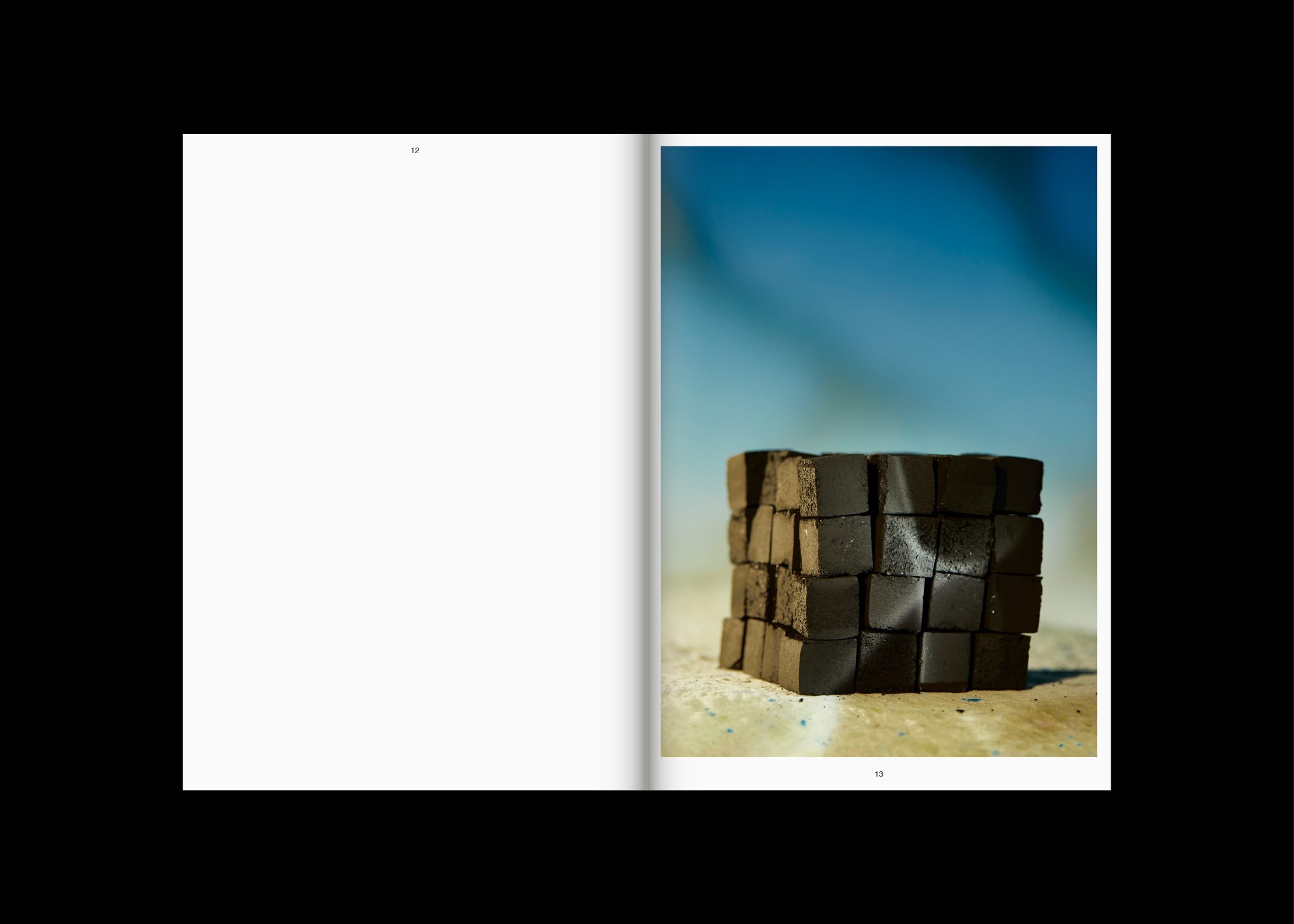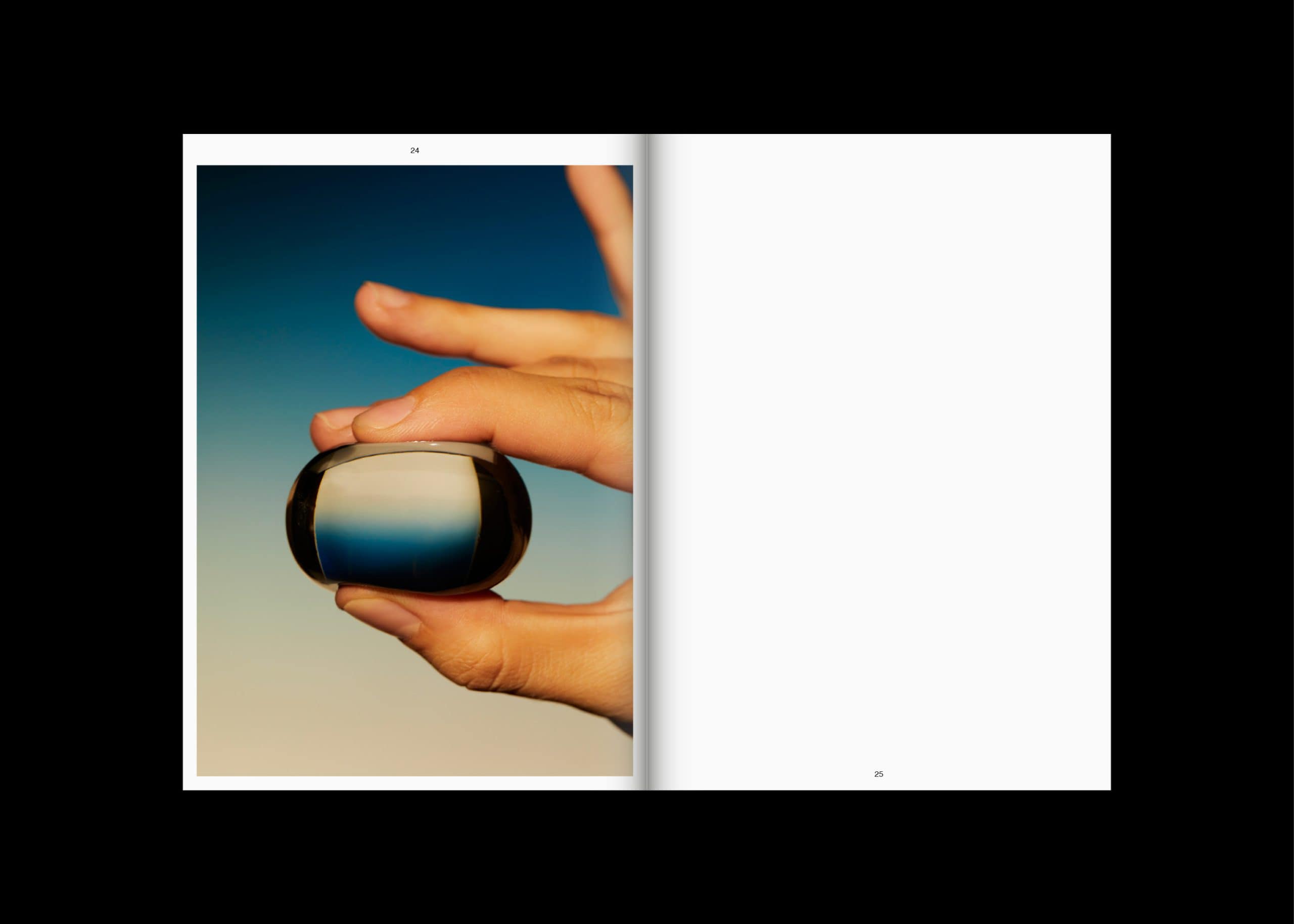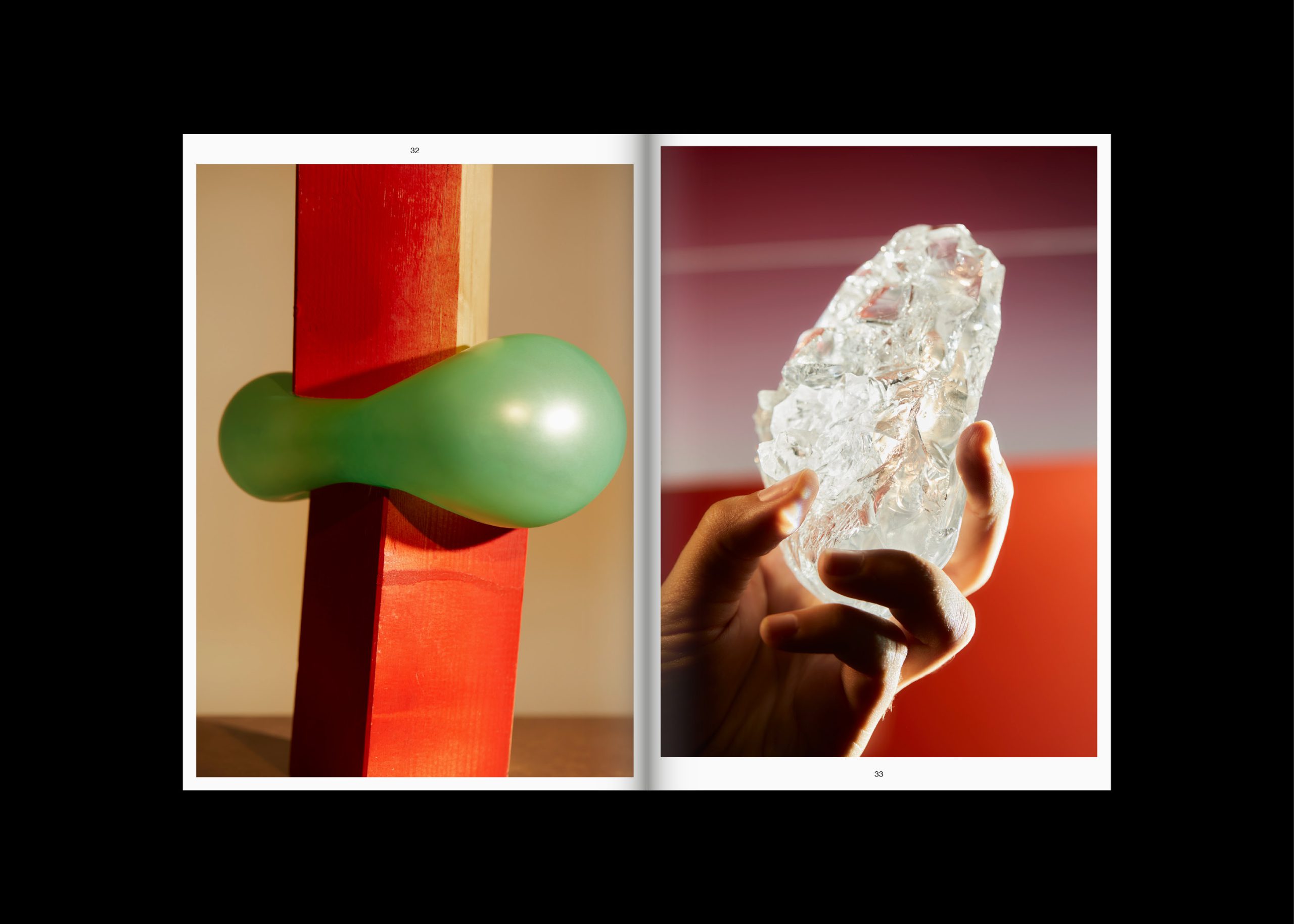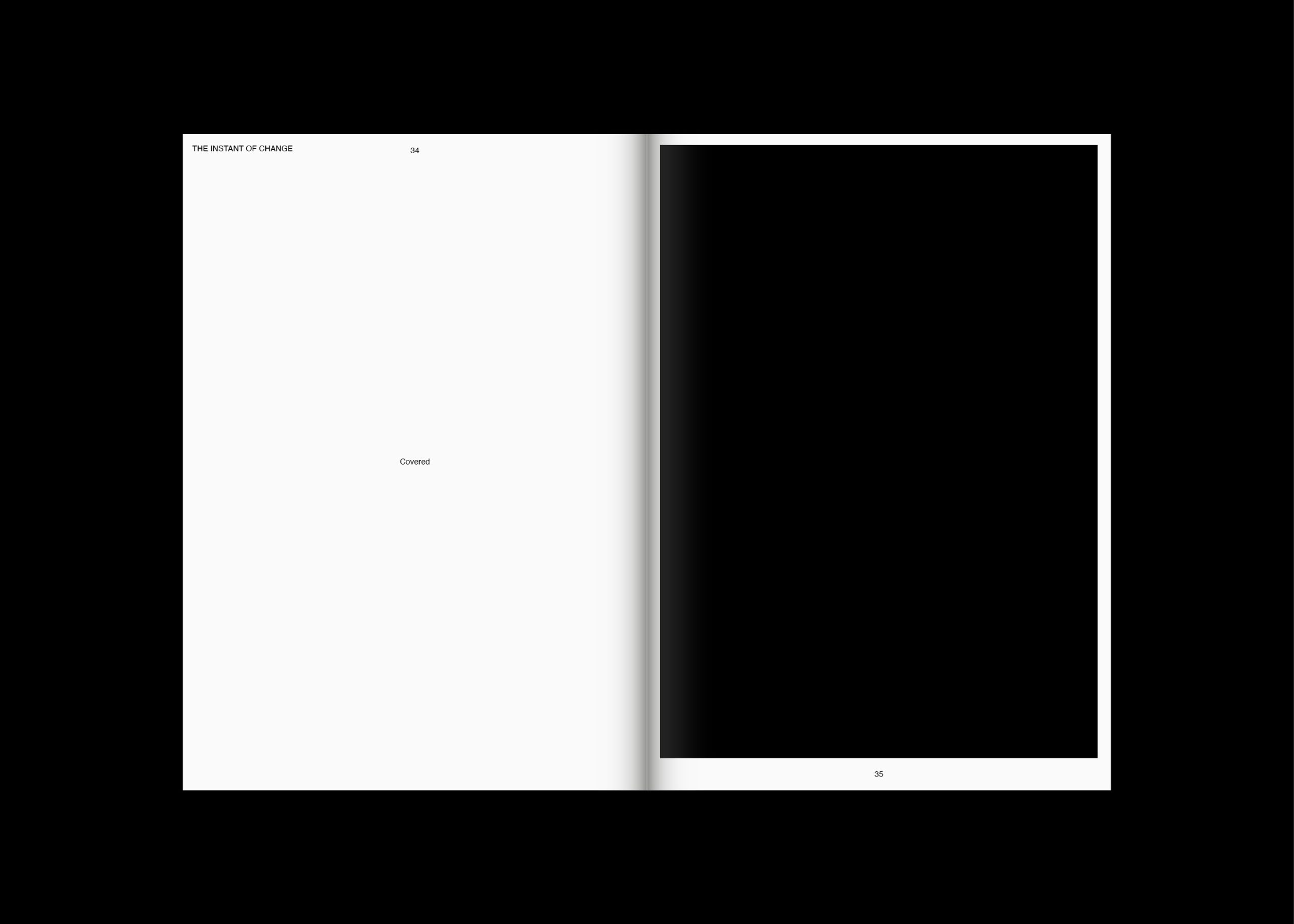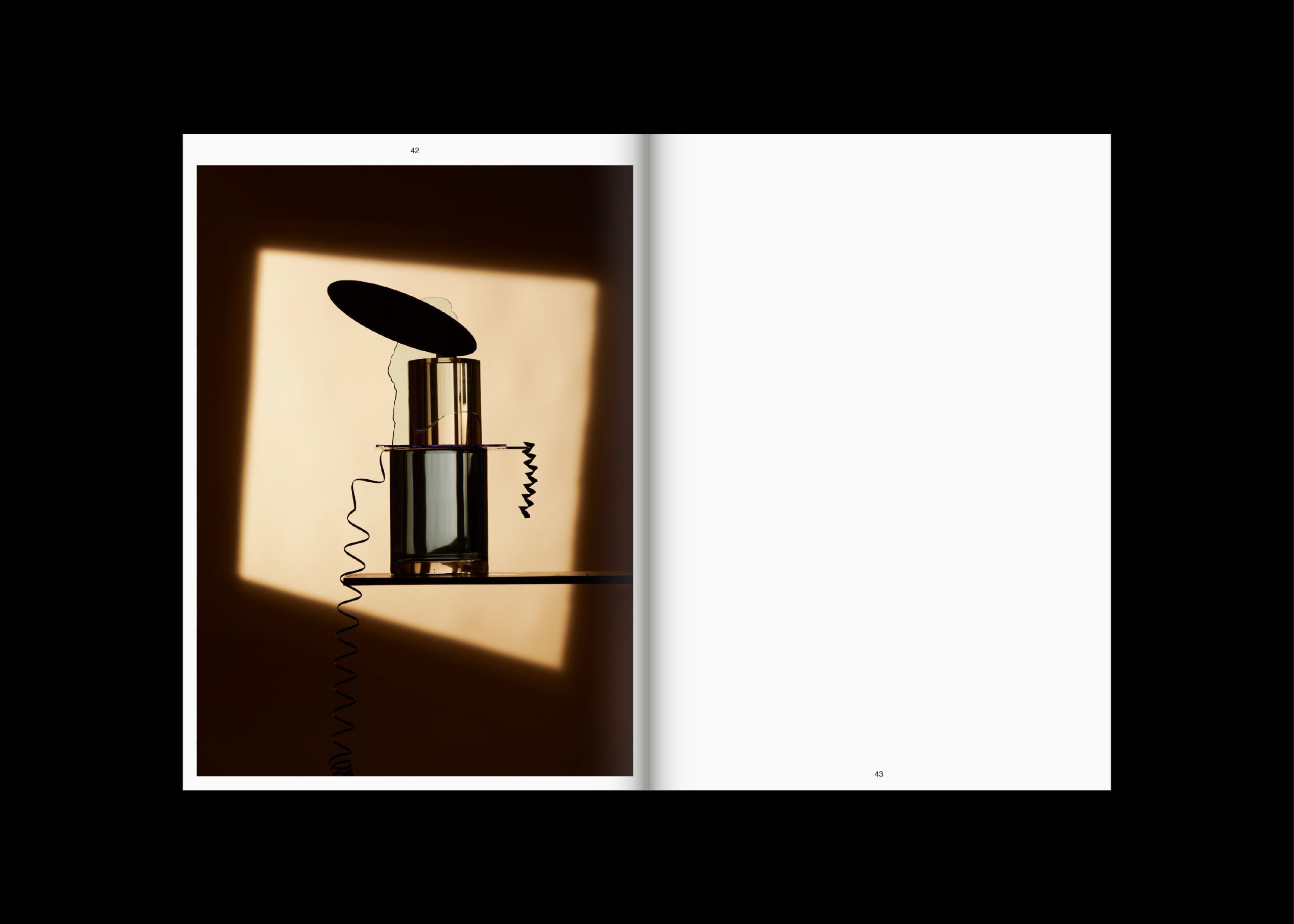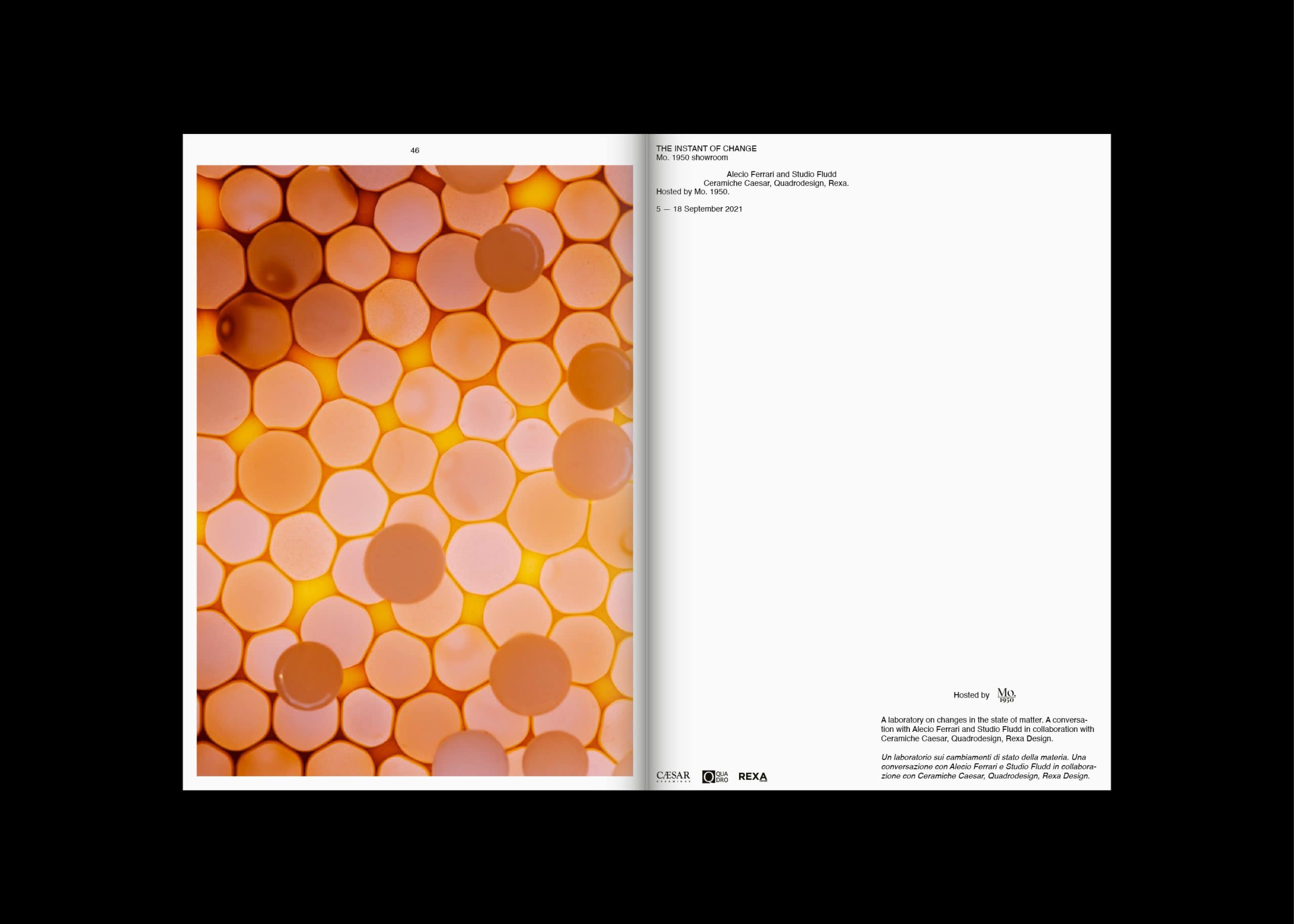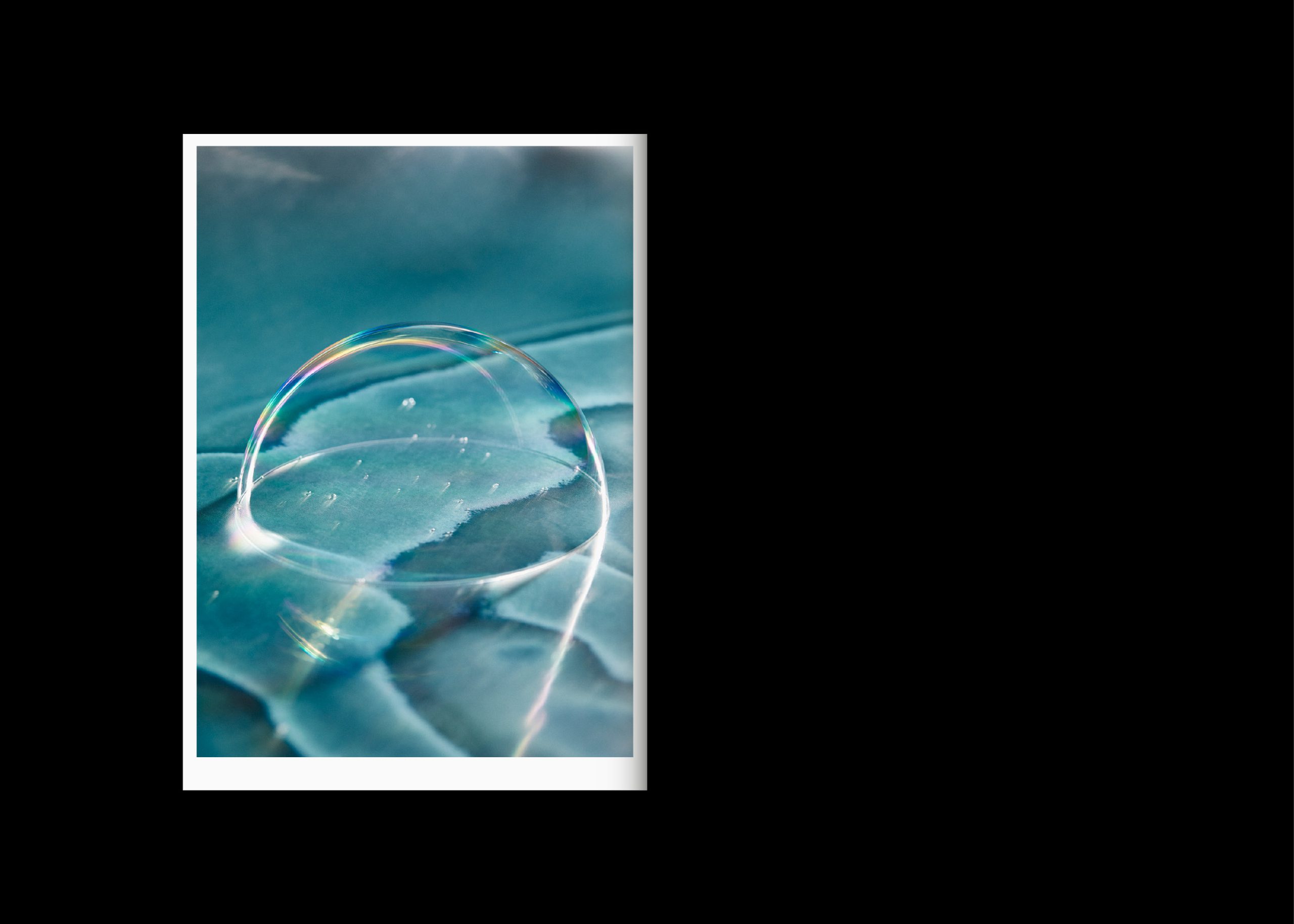The research project The Instant of Change is a workshop on changes in the state of matter.
Transformation necessarily implies the passage of time. Change, or evolution, is a paradigm of survival. With curiosity and method, the instants were subjected to processes of slowing down and expansion. Phenomena have been triggered and isolated, observing constants and variations. Visual thought manipulated the present, one instant at a time. This working dialogue between photographer Alecio Ferrari and Caterina Gabelli + Sara Maragotto of the creative collective Studio Fludd is intended to be a laboratory of human transformation.
The Instant of Change seems almost a paradox. How do you represent what is changing, without interfering with the change? How can a static image translate a dynamic process?
Alecio Ferrari: The Instant of Change may sound like a paradox, but it is not. It is representation. If we take into consideration chemistry or physics, the transformation of matter may occur in a second, or an instant, depending on the elements involved. Within our ‘experiments’, interferences are unavoidable when you’re playing around with the matter. As non-scientists, we are looking more for unexpected elements results that can give us visual opportunities. When tension is created, then it means the direction is becoming engaging and stimulating. Some art theorists may refer to it as punctum, or “that visual accident in the image which pricks, bruises me”, as Roland Barthes used to say. At the end of the day, photography is a representation of time. Within a still frame, we tell a story that happened through the passage of time, while selecting a single moment. What happened before and after is not recorded but left to the viewer’s imagination.
Caterina and Sara (Studio Fludd): We have always been captivated by the challenge of telling a story of a matter that changes shape and state. Our inspiration comes from the multi-coloured tradition of alchemical treaties, where proto scientists challenged themselves to understand the various stages of transformations of reality, describing it with schemes and detailed diagrams. We find that this desire for change is the heart of the creative process. To freeze in a picture a dynamic process is to embrace a solid dose of unexpected. One of the things we have in common with Alecio’s practice is the tendency not to dictate the final result in a picture. The setting is set to be surprised by the moment when shapes, materials, colours and consistencies join or collide. When a single image has the power to evoke feelings, analogies, sensory data – it becomes dynamic.
Stability is often synonymous with safety. What doesn’t move sustains us. But, in the face of change, transformation means salvation. How has instability become the survival strategy of the contemporary?
AF: Speaking about science theories again, adaptation is the main survival strategy for animals. The change of somebody’s physical features through the passage of time has provided competitive advantages like speed, strength, or attractiveness for several species, increasing the survival chances in their particular natural environment. However, adaptation can also be behavioural, affecting the way an organism responds to its environment, not only physically but mentally as well. For this reason, the ability to change and transform became a key attribute for the species. As I have lived for several years in different countries, I am personally involved in this conversation. Adapting to a new language and new habits is part of a journey that requires time, effort, and the struggle is just behind the corner waiting for you. However, that is where the real challenge starts. In my own experience, I find real excitement and trepidation when I am putting myself out of my comfort zone, triggering the adventure and striving to find a way to overcome bounds and limits. For me, working with photography generates the same sort of challenges that makes me feel alive. Every single photography set is a unique environment, where choices must be taken quickly and freely.
SF: We don’t really play safe: we undertake various projects, connecting different fields of visual design – we have obsessions and recurring themes but no rigid templates or typical layouts. Our modus operandi at work requires continuous adaptation skills. In the last ten years as Studio Fludd we found flexible and maybe less conventional ways to collaborate: this is our personal survival strategy. The key aspect is to try to follow an internal logic, less to be influenced by how-things-should-be-done and external standards. Maybe the female brain is more inclined to organic adaptation and fluctuation. It is not about a rational strategy.
What makes a changing material always the same? What is the relationship between form and substance?
AF: “All things in nature have a shape, a form, that tells us what they are, that distinguishes them from ourselves and from each other. That these shapes express the inner life of the thing is a law of nature, which should be followed in any organic architecture”. These words said by Louis Henri Sullivan, widely considered America’s first truly modern architect, accompany the principle that Form must follow Function. Within the photography realm, I would replace the word Function with the word Narrative: “Form follows Narrative”. In my opinion, within the creation of a visual body of work, the narrative should lead the sequence of images, setting up a condensed storyline.
SF: The shape is extremely relevant: ice cubes are ice cubes and not water. Names are always shapes. Form and substance can be peaceful or unruly couples, but always temporary. We enjoy tricking the eye – especially when we use the photographic media – staging shapes made out of deceiving materials. We are at ease with contradictions. We are fanatics of the ambiguity of matter.
The Instant Of Change (5 — 18 September 2021)
Mo. 1950 Showroom, Via Molino delle Armi 14, Milan
A laboratory on changes in the state of matter. A conversation with Alecio Ferrari and Studio Fludd in collaboration with Ceramiche Caesar, Quadrodesign, Rexa Design.
